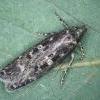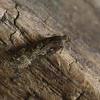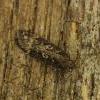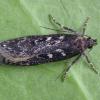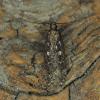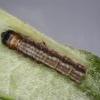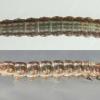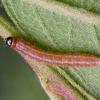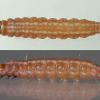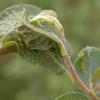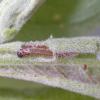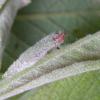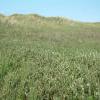35.101 Gelechia sororculella (Hübner, 1817)
Status and Distribution
Widespread but local over most of the British Isles but can be locally common in some coastal areas. Not reported from the Western or Northern Isles of Scotland.
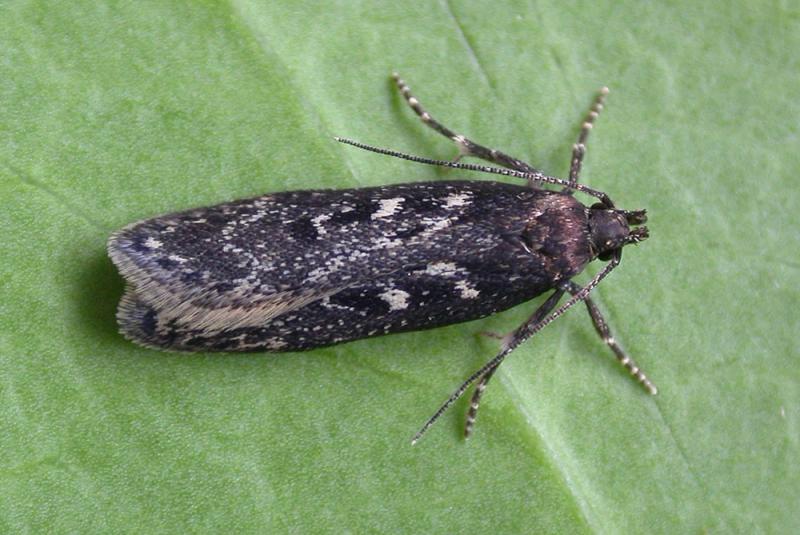
Provisional map
Foodplant and Larval Feeding Signs
Salix caprea (goat willow), see plant distribution map, Salix cinerea (grey willow), Salix viminalis (osier), Salix aurita (eared willow) and Salix repens (creeping willow). In Europe also noted on Salix purpurea (purple willow).
There are reports from VC50 (Denbighshire) in the 1950s of it being bred from Malus sp. (apple) and in Europe it has been reported on Quercus (oak), a Sorbus sp. and Potentilla erecta (tormentil) all of which are considered exceptional or dubious.
In a spinning amongst the shoots/leaves or amongst female catkins.
Finding the Moth
Larva: in a spinning amongst the shoots and developing leaves or amongst female catkins.
Adult: can be disturbed from trees and shrubs, found resting on tree trunks and comes readily to light.
Similar Species
A variable and occasionally partially melanic species which usually has a white-ringed black dot in the centre of the forewing at one third. Gelechia muscosella and Gelechia cuneatella have whitish markings in this area which can occasionally weakly resemble the white-ringed dot but G. muscosella has the upperside of the three basal segments of the abdomen yellowish in colour. In G. cuneatella the forewings are thinner and more pointed and segment two of the labial palps is slightly triangular in shape. Dark or worn specimens and those lacking the strongly white-ringed dot will require dissection for confirmation.
Single brooded from late June to late August.
Earliest: 16th June 2011 (VC24)
Latest: 18th September 1987 (VC54) - the only September record

